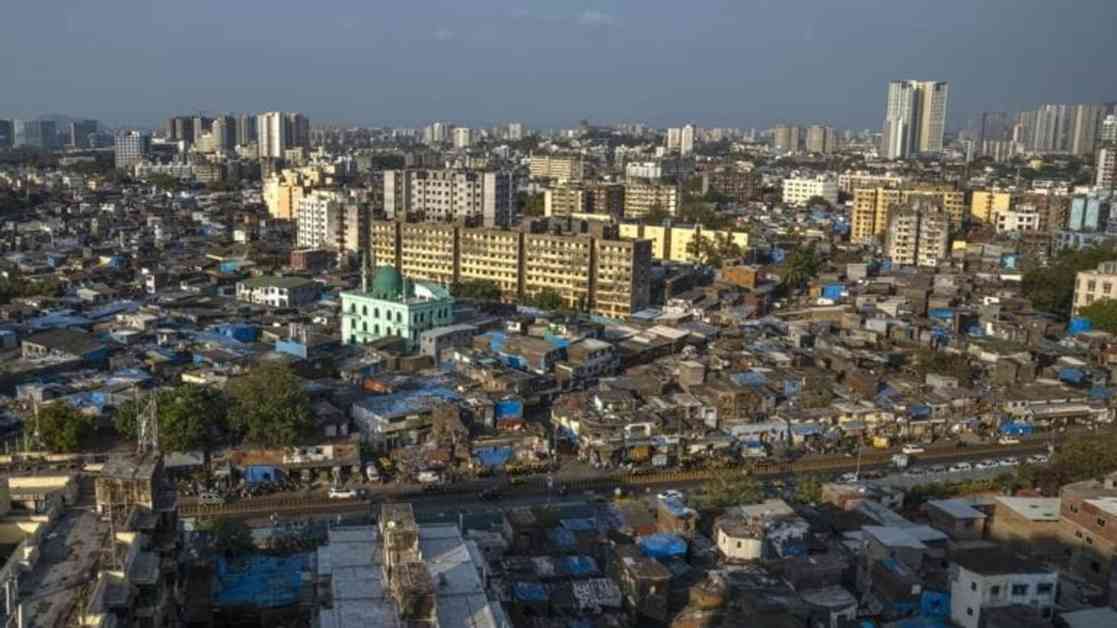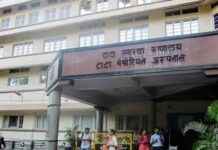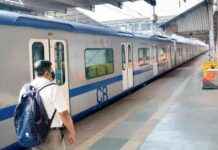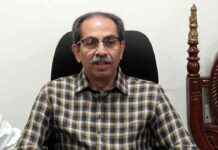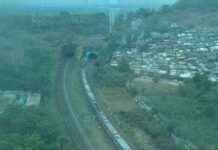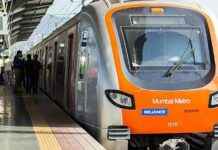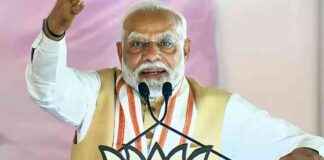Dharavi, one of Asia’s largest slums located in Mumbai, witnessed a quiet yet significant ceremony on Thursday morning as the long-awaited redevelopment project officially kicked off. Led by the Dharavi Redevelopment Project Pvt Ltd (DRPPL), a joint venture between the Maharashtra government and the Adani Group, the ceremony marked the beginning of a transformative process that aims to revamp the living conditions of the residents in this densely populated area.
The puja, a traditional Hindu ceremony, was conducted in Sector 6 in Matunga, where construction of the railway staff quarters and offices was initiated as part of the redevelopment plan outlined in the tender documents. This symbolic gesture signified the start of a new chapter for Dharavi, promising larger homes for eligible residents and new townships for those deemed ineligible for the relocation process.
Amidst the backdrop of opposition from groups like the Dharavi Bachao Andolan (DBA), who have been vocal in their resistance to the redevelopment project, the ceremony proceeded smoothly without any disruptions. The DBA had recently ended a chain hunger strike following assurances from the Mumbai police that there would be no groundbreaking event, only to express skepticism and criticism towards the ceremony once it took place.
In response to the opposition, a representative from DRPPL defended the ceremony as a necessary step towards fulfilling the obligations outlined in the tender conditions and reiterated the commitment of the Adani Group to creating a modern Dharavi. The ambitious plans for the redevelopment project include providing new homes to existing residents within a specified timeframe, without the need for temporary accommodations.
As part of the redevelopment process, the state government is currently conducting a comprehensive survey to determine the eligibility of residents for the new housing units. Those deemed eligible are set to receive homes that are 17% larger than other slum rehabilitation projects in Mumbai, along with access to essential amenities such as schools, hospitals, and open spaces. The aim is to create a more livable and sustainable environment for the residents of Dharavi.
In addition to housing solutions for eligible residents, the redevelopment project also addresses the needs of those classified as ineligible for relocation. Two sub-categories have been identified based on the timeline of residency, with different housing options available for each group. The post-2011 tenement holders will be offered homes under the state government’s affordable rental housing policy, while those from 2000 to 2011 will have the opportunity to own homes at affordable prices.
Furthermore, all ineligible residents will be accommodated in new townships located in various areas of Mumbai. These townships are envisioned as modern hubs equipped with essential facilities such as schools, hospitals, and recreational spaces to ensure a smooth transition for the residents. The plan also includes provisions for the rehabilitation of non-polluting industries and commercial establishments within Dharavi itself, fostering economic growth and sustainability in the region.
The DRPPL representative emphasized the importance of providing better infrastructure to support businesses and promote skill development among the residents. With the promise of SGST reimbursement for five years, businesses are expected to thrive in the revitalized Dharavi, contributing to the overall economic growth of the area. The focus on upskilling and reskilling programs aims to empower the residents with new knowledge and opportunities for enhanced earning potential.
In conclusion, the redevelopment of Dharavi represents a significant step towards transforming the living conditions of its residents and revitalizing the economic landscape of the area. Despite the challenges and opposition faced along the way, the commitment of the stakeholders involved in the project highlights a collective effort to create a more sustainable and inclusive community for the residents of Dharavi.
